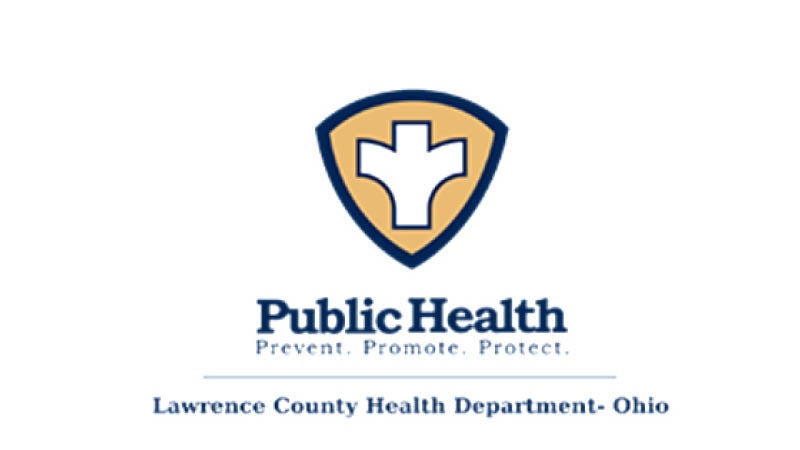The unexpected return of measles and its impact on public health
Published 5:00 am Wednesday, May 15, 2024

- Lawrence County Health Department logo
The public health agencies in the United States are observing an increase in measles cases in many states, including Ohio, which concerns health experts who remember the large outbreak in 2019.
With more than 1,200 cases reported, it was the highest number in decades.
The return of the disease is alarming, especially because measles was once a leading cause of massive illness in children that led to death in some cases.
The situation highlights the need to pay attention and take preventive steps to protect ourselves and our population.
The CDC (Centers for Disease Control) attributed the rise to two main factors: travelers acquiring the infection abroad and bringing it back home and spreading it within communities with low vaccination rates.
Measles is one of the most contagious diseases, and it’s very easy to catch.
The measles virus lives in the nose and throat mucus of an infected person and can spread to others through coughing and sneezing.
If other people breathe the contaminated air or touch the infected surface, then touch their eyes, noses, or mouths, they can become infected. CDC says measles is so contagious that if one person has it, up to 90 percent of close contacts who are not immune will also become infected.
It starts with symptoms like a fever, runny nose, cough, red eyes and white spots in the mouth.
Measles rash appears 3-5 days after the first symptoms.
It might seem like a common cold at first, but measles can become serious very quickly.
Children younger than 5 years of age and adults older than 20 are more likely to suffer from complications.
Pregnant women and people with compromised immune systems are also at greater risk.
Common complications are ear infections and diarrhea, but serious complications include pneumonia and encephalitis.
About one in five unvaccinated individuals who get measles is hospitalized.
Health officials are expecting an increase in cases and are strongly advocating for vaccination.
The measles vaccine has been available since the 1960s.
The measles shot, called MMR (Measles, Mumps and Rubella), works well to keep the person safe from getting sick and is usually given in two doses with a 97 percent efficacy rate of lifelong protection.
Parents, schools, and health workers must share correct information and encourage vaccination.
Measles was declared eliminated in the U.S. in 2000, thanks to a highly effective vaccination program, as well as better measles control in the Americas region (CDC History of Measles).
The return of cases is an absolute reminder of the importance of maintaining high vaccination rates. For children, getting vaccinated at the recommended ages of 12 to 15 months and again at 4 to 6 years is essential for prevention.
Not enough kids are getting vaccinated, which makes it hard to control the spread of measles. If too many kids skip their shots, the disease can spread more easily, putting everyone at risk.
Sometimes parents hesitate to vaccinate their children due to misinformation about vaccines, such as vaccines causing autism, even though many studies have shown that vaccines are safe and do not increase the risk.
Parents are encouraged to discuss any fears about vaccines with their children’s pediatricians.
Fighting measles needs to ensure everyone knows more about the disease and gets vaccinated.
It is not just about keeping one person healthy; it is about keeping everyone healthy, especially children under five years old and pregnant women.
When enough people are vaccinated, it helps.
Let’s work together to stop the spread of measles and keep our communities safe through knowledge and preventive actions.
Engaging in open discussions with healthcare providers and utilizing reliable sources can help make people aware of the measles disease and foster our community awareness support.
Our actions today protect our future generations’ well-being.
Contributed to the Tribune by Mohammad Abdulrahman, MBBS, MPH and Paola Litton, MPH, Lawrence County Health Department.





